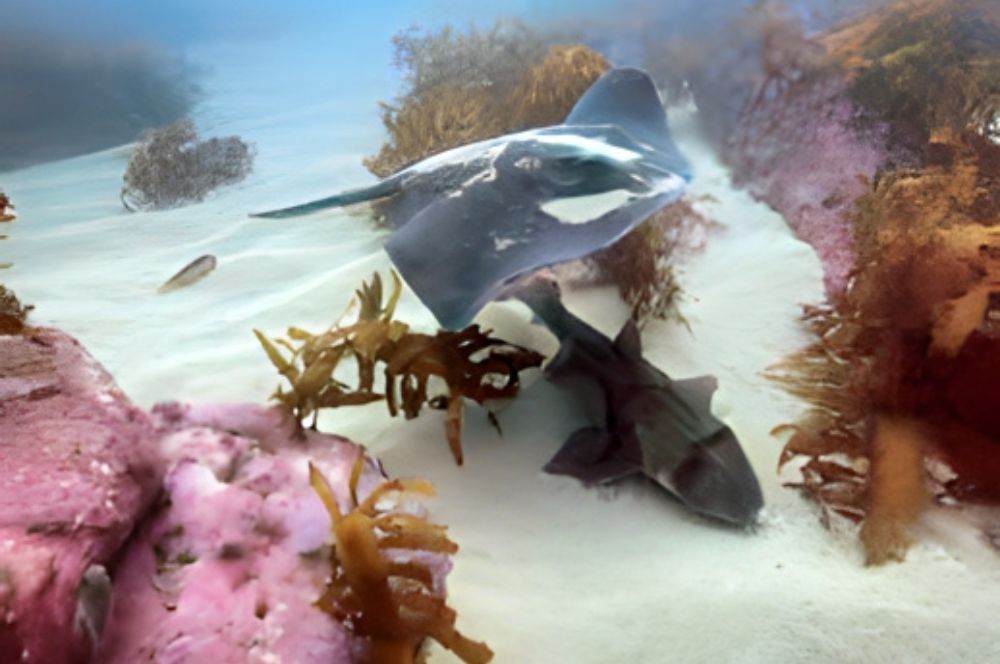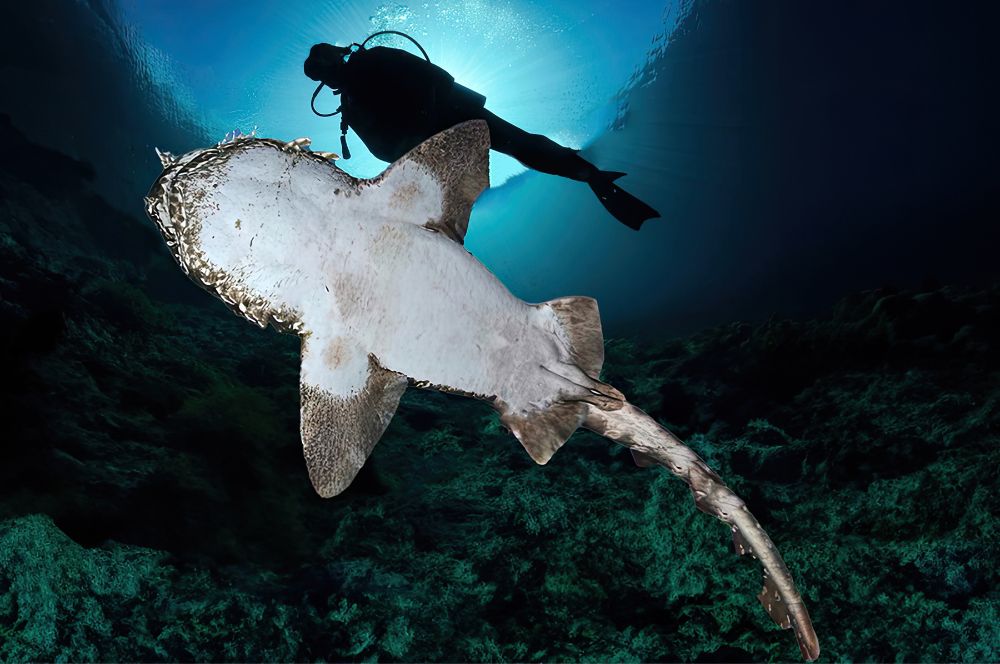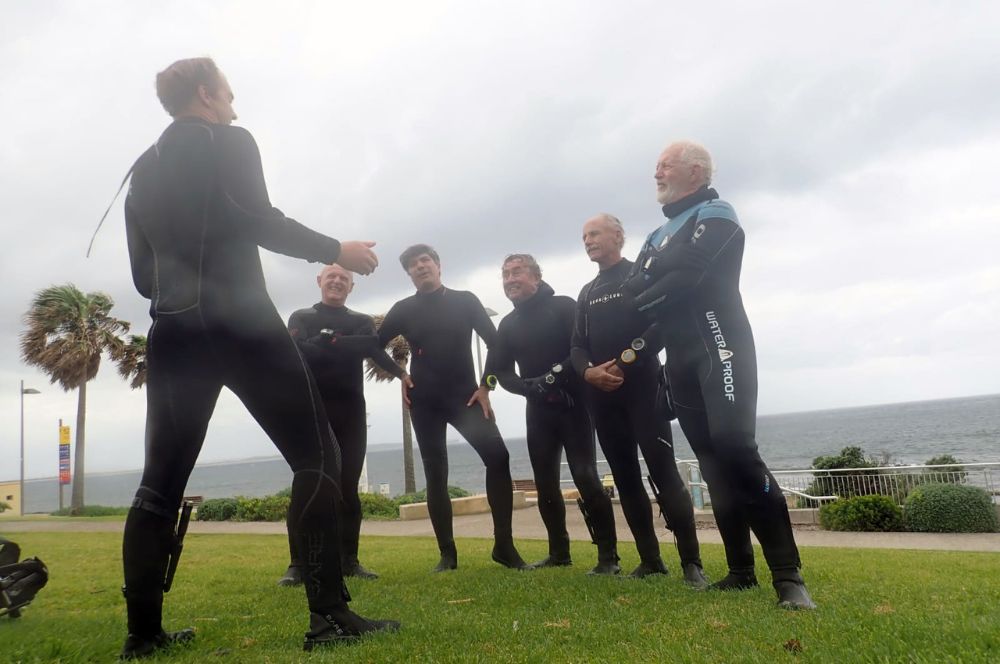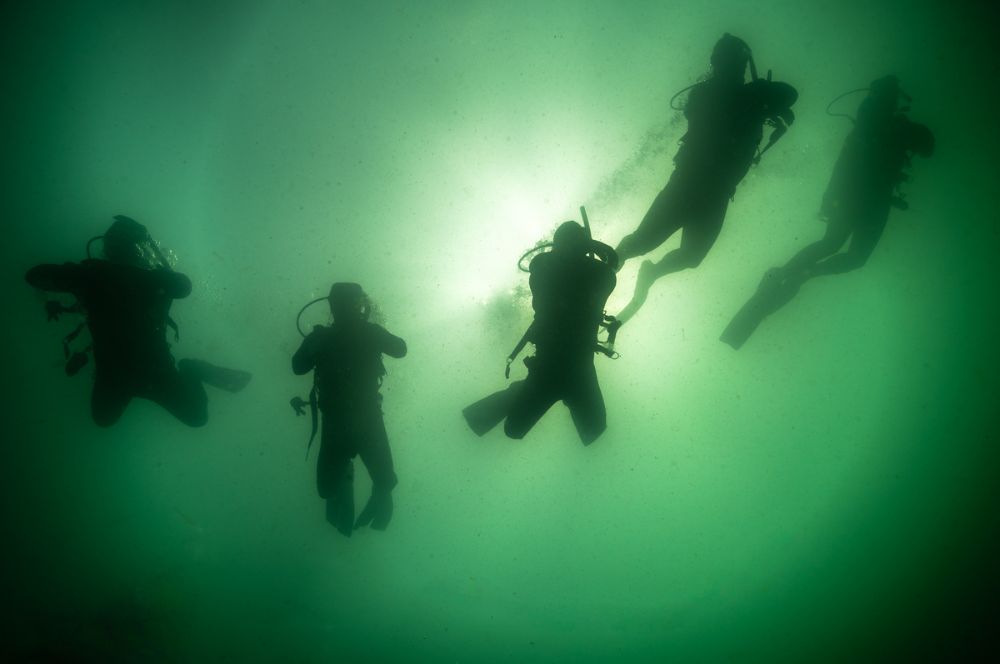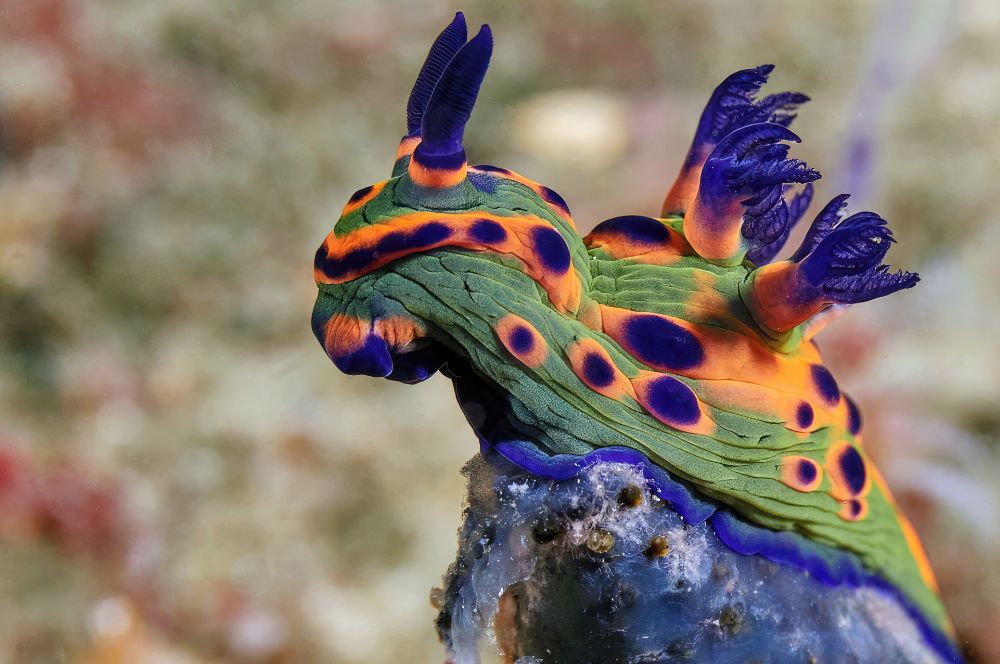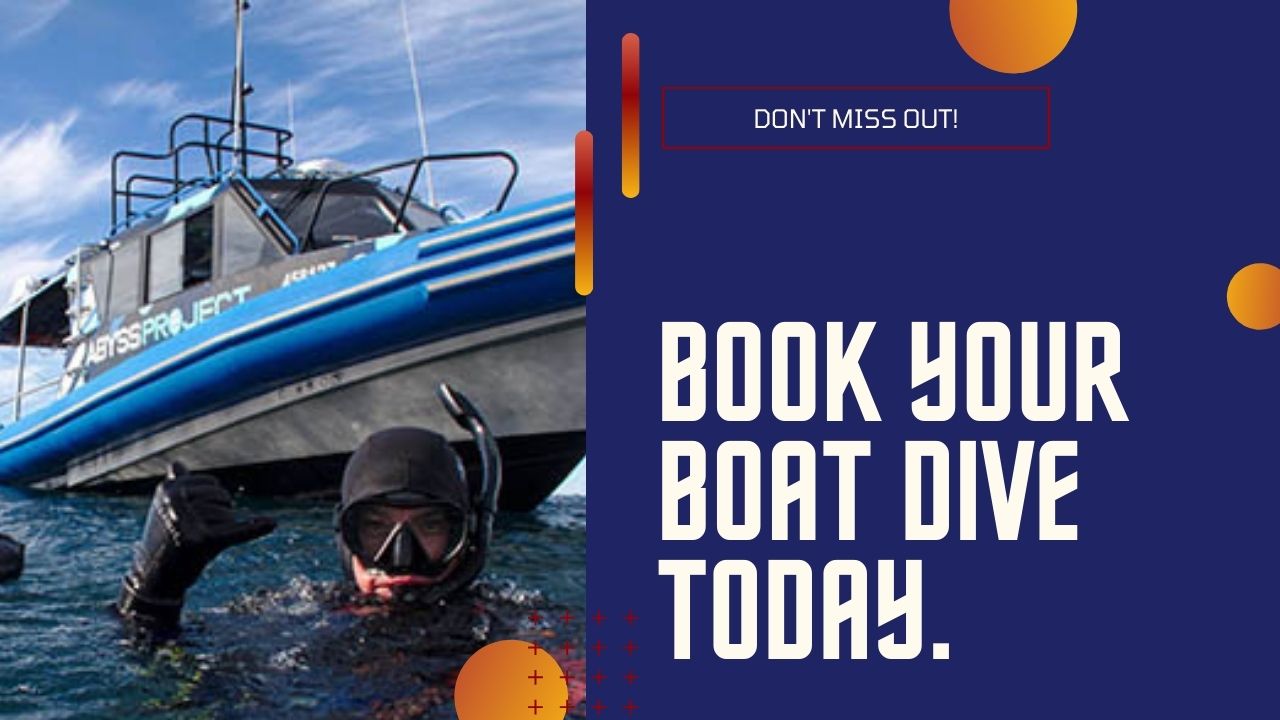You have 0 product(s) in your cart.
Abyss Scuba Diving
Sydney Diving Guide: Maximize Visibility For An Unforgettable Experience | Abyss Scuba
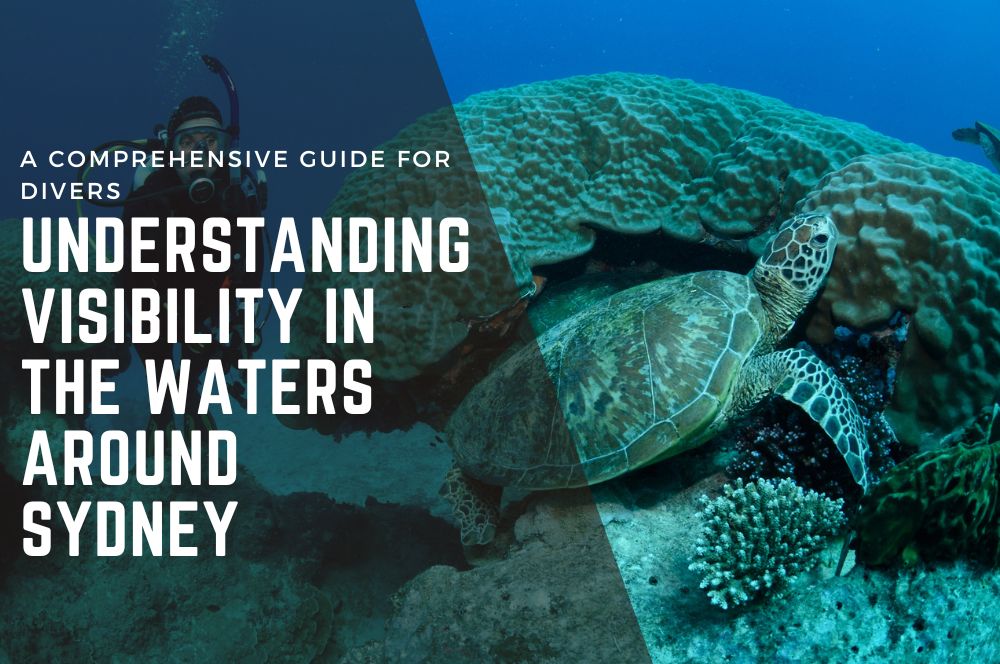
Understanding Visibility in the Waters Around Sydney: A Comprehensive Guide for Divers
Deetermine when the visibility is at its peak in our comprehensive guide to diving Sydney. With a focus on Sydney’s unique diving conditions, marine diversity, and how to gear up for all levels of clarity, you’re set for an exceptional underwater experience. Unearth what seasoned divers know and how to navigate the ebb and flow of Sydney’s aquatic clarity in the world of diving Sydney.
Key Takeaways
-
Underwater visibility in Sydney ranges from 2m to 25m, influenced by water temperature, weather, and tides, with the greatest clarity typically occurring from April to September.
-
Human activities like coastal development and pollution dramatically affect marine ecosystems and underwater visibility, underlining the need for environmental stewardship.
-
For safe and adventurous diving in varying visibility conditions, utilising up-to-date resources, expert local knowledge, and adapting diving strategies is essential.
The Essentials of Underwater Visibility
Underwater visibility, simply put, is the distance at which an object underwater can be readily identified. Consider it as a lens that shapes how we perceive the aquatic world and influences our diving adventures. Imagine being a scuba diver, exploring the depths of the ocean, when suddenly, a school of colourful fish appears in your line of sight. That’s visibility at work!
In Sydney, water temperatures typically range from 15C to 25C, with a normal visibility falling between 5m to 10m. The visibility can influence a diver’s choice of dive sites. For instance, a site with high visibility may be preferred for a beginner’s scuba dive while one with lower visibility may offer an adrenaline-fuelled adventure for seasoned divers.
Factors Affecting Visibility
Sydney’s waters experience visibility changes throughout the year due to various factors, including weather, tides, and sediment run-off. Just like how a sudden rainstorm can reduce visibility on a highway, weather conditions can stir up sediment, affecting underwater visibility.
It's important to recognise that a downpour doesn't immediately muddy ocean waters. For rain to significantly alter underwater visibility, it must persist long enough to create runoff. This runoff then travels from storm drains to the ocean, and only through the process of tidal mixing does it eventually affect the sea.
Tides also play a crucial role. Powerful waves can disrupt settled particles, while slack high tide offers optimal conditions for visibility. Think of it as a dance with nature where every flow and ebb crafts a distinct underwater panorama for divers.
Seasonal Visibility Changes in Sydney
There’s a rhythm to the waters of Sydney, a seasonal cycle that influences visibility. The best visibility is generally experienced from April to September, with over half of the dives having visibility greater than 10 meters. These months could be considered as the grand performance by the waters!
However, visibility dips in October and November, with a significant drop in instances of visibility above 25 meters. But fret not! The visibility dramatically improves in December, just in time for some holiday season diving.
Typically, the worst month of the year for visibility will be February, when the combination of certain climatic factors comes into play. During this month, Sydney often experiences a mix of sweltering summer temperatures and sporadic, heavy rainfall which can lead to increased sediment runoff from the land into the ocean. This runoff can carry various particulates and pollutants that cloud the water, thus reducing visibility for divers. Despite this, many divers embrace the challenge, finding that even in reduced visibility, the underwater world holds a unique charm, offering a different kind of diving experience that can be as educational as it is thrilling.
Deciphering Nature's Cues
Every seasoned diver knows that nature speaks, and its language can be decoded to predict diving visibility conditions. For instance, southerly winds in Sydney can lead to improved diving visibility due to the Coriolis Effect, prompting cleaner water from the ocean depths to move to the surface.
During winter, westerly and north-westerly winds bring colder, clearer waters to the shore, improving visibility for divers.. The crisp winter waters, can produce a visibility of up to 30 meters on some days. Divers can explore vibrant ecosystems under optimal conditions, making winter dives in Sydney eagerly anticipated.
The Human Impact: Visibility and Environmental Concerns
Human activities such as coastal development, pollution, and overfishing can have a significant impact on visibility and marine ecosystems. Similar to the impact of pollution on a city’s air quality, underwater visibility too can be influenced by human activities.
Overfishing, for instance, leads to the decline of fish populations, affecting marine biodiversity and the stability of ecosystems. This can initiate a cascade effect, potentially leading to the collapse of entire marine ecosystems. It’s a stark reminder that our actions on land can have far-reaching impacts underwater.
Enhance Your Diving Experience by Taking the Plunge from a Dive Boat.
Heading offshore on a dive boat can greatly enhance a diver's visibility by transporting them to areas free from runoff or river influences. Venturing beyond the immediate coastline, dive boats reach pristine dive spots with clearer waters, often less impacted by urban runoff or human activity. Boarding a dive boat offers not only improved visibility, but also the chance to encounter diverse marine life. In these offshore waters, divers may swim alongside magnificent creatures like the grey nurse sharks at Magic Point, or explore the Marine-rich site of Barons Hut brimming with biodiversity.
Expert Tips from Seasoned Divers
What’s better than firsthand advice from seasoned divers? These underwater explorers emphasize the importance of expert local knowledge in adapting to varying visibility conditions. This can be likened to having an experienced guide from a dive shop accompany you on your underwater journey!
Joining a guided dive tour can provide you with safety briefings, which are crucial when visibility levels change. These tours also facilitate encounters with diverse marine life, as seasoned guides know the best spots and times to dive, which is particularly important when adapting to different visibility. Additionally, these tours promote eco friendly diving practices, ensuring minimal impact on the environment.
Staying Informed: Resources for Current Visibility Conditions
Being informed is key to planning a successful dive. Access to up-to-date visibility information is essential and can be obtained through various online platforms specializing in diving conditions, such as the Padi Aware Foundation. This is akin to getting a weather forecast, but tailored for subaqueous conditions!
Websites dedicated to diving conditions, such as those focused on Sydney, offer insights into the best diving times by evaluating local factors, including tide patterns and swell susceptibility. Consider these websites as your digital diving companions that help you traverse through the aquatic realm with the aid of tide charts.
Tips for Enjoying Low Visibility Dives
Low visibility might seem like a challenge, but with the right strategies, it can turn into an exciting adventure. From adjusting diving techniques to offering navigation tips and equipment recommendations, a low visibility dive can be just as rewarding as a high visibility one.
Identifying Small Critters
Low visibility dives, such as scuba diving, often bring you closer to the seabed, making them perfect opportunities to spot small critters and marine life, such as the elusive giant cuttlefish and wobbegong sharks. Imagine it as an underwater paradise, where patience and keen observation can unveil the hidden wonders of the underwater world!
For photographers, capturing macro shots of marine life, including various marine species, in low visibility can be a rewarding experience. With the right camera settings, lighting tips, and patience, you can bring out the vibrant colours and intricate details of these tiny creatures.
Navigating Low Visibility: Techniques for a Safe and Enjoyable Dive
Safety is paramount when diving, especially in low visibility conditions. Divers should approach these dives with caution, remaining calm and collected, especially if disorientation occurs. By following responsible diving practices, consider it as finding your way through a labyrinth, where remaining serene could be your guide to safe navigation.
Using visual references and both natural and compass navigation skills are effective strategies to maintain orientation in low visibility conditions. This can be likened to wielding a flashlight in a pitch-dark room, leading your way through the underwater labyrinth.
Summary
Understanding underwater visibility is essential for divers, greatly influencing safety, enjoyment, and the choice of dive sites. From seasonal changes to human impacts and local divers’ experiences, visibility in Sydney’s waters is a fascinating topic. With the right knowledge and resources, even low visibility dives can offer rewarding experiences. As we protect our marine ecosystems, let’s dive responsibly and enjoy the underwater spectacle offered by Sydney’s vibrant waters.
Frequently Asked Questions
What is underwater visibility?
Underwater visibility refers to how far down a diver can see in the water, and it can vary greatly depending on the area and water conditions such as weather, surf, and tides. It is generally measured in terms of horizontal and vertical visibility, and can range from crystal clear to muddled with sediment due to factors like storm surges and heavy rains.
What time of year is best for diving in Australia?
The best time for diving in Australia varies depending on the location. For the Great Barrier Reef, the optimal months are between April and November, while Ningaloo Reef offers excellent conditions from mid-March to mid-July during whale shark season. You can generally encounter marine life year-round, such as dwarf minke whales in June and July on the Ribbon Reefs. Enjoy your dive!
Can you dive in Sydney Harbour?
Yes, you can dive in Sydney Harbour, with various dive sites offering opportunities to explore shallow reefs, marine life, deep wrecks, and sea walls. Both shore dives and boat dives are available for enthusiasts.
How much is diving in Sydney?
Diving prices in Sydney vary depending on the diving location and the diving charter. It's best to contact local diving companies for specific pricing.
Is Sydney good for scuba diving?
Sydney is great for scuba diving, with diverse marine life and easy access to some of the best dive sites, including shark encounters and colourful sponges and corals. The area south of the harbour particularly boasts some of the finest dive sites, making it an unparalleled haven for divers.
RELATED POSTS
-
Sydney Diving Guide: Mastering Tides…
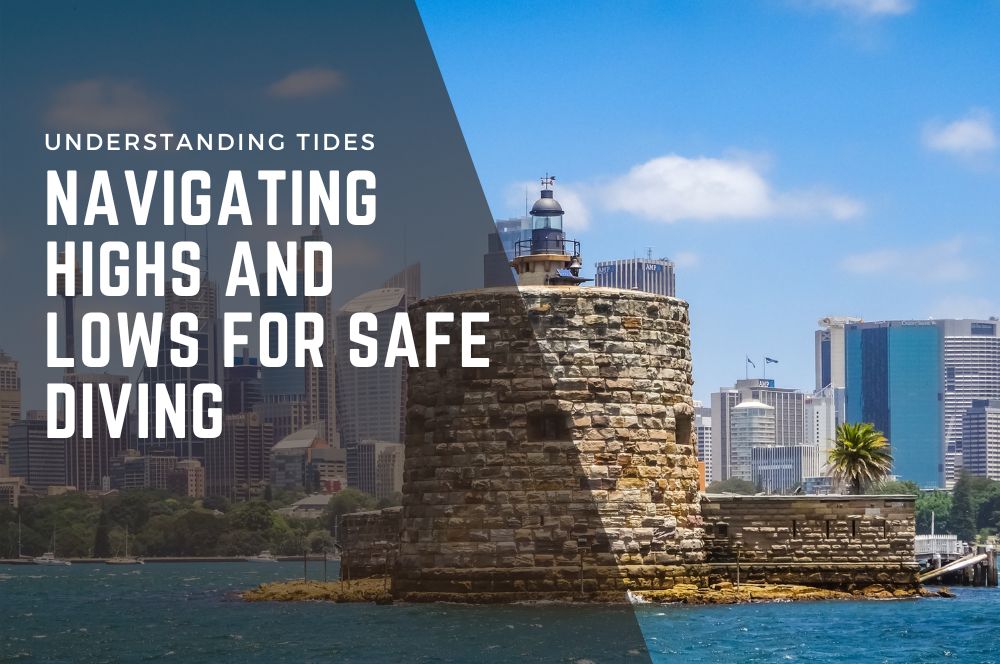
Sydney Diving Guide:…
Understanding Tides: Navigating Highs and Lows for Safe Diving Understanding ‘tide tides’ is […] -
Plunge into Scuba Diving: Pro Tips…
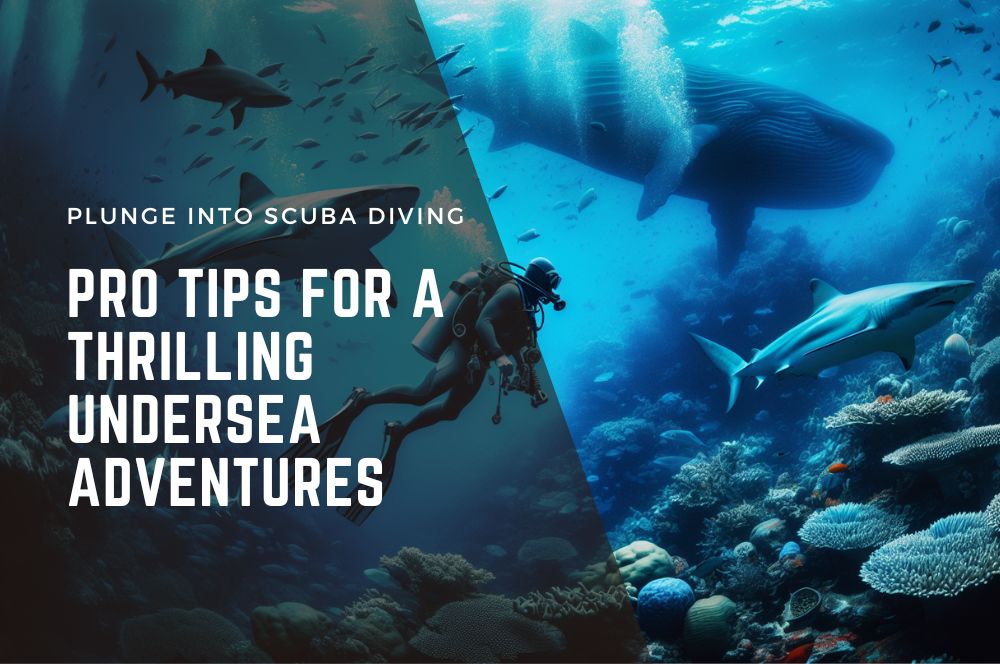
Plunge into Scuba Diving:…
Plunge into Scuba Diving: Pro Tips for a Thrilling Undersea Adventures Submerge into an exhilarating world […] -
The Ultimate Australian Diving Bucket…
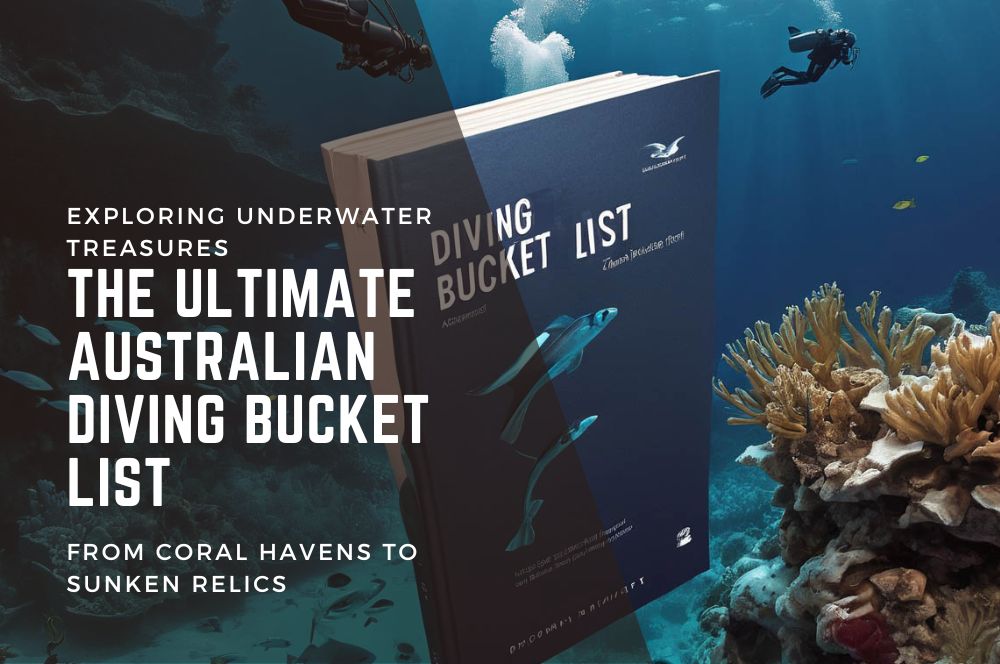
The Ultimate Australian…
The Ultimate Australian Diving Bucket List: Exploring Underwater Treasures from Coral Havens to Sunken Relics […] -
8 Key Factors to Improve Your Scuba…
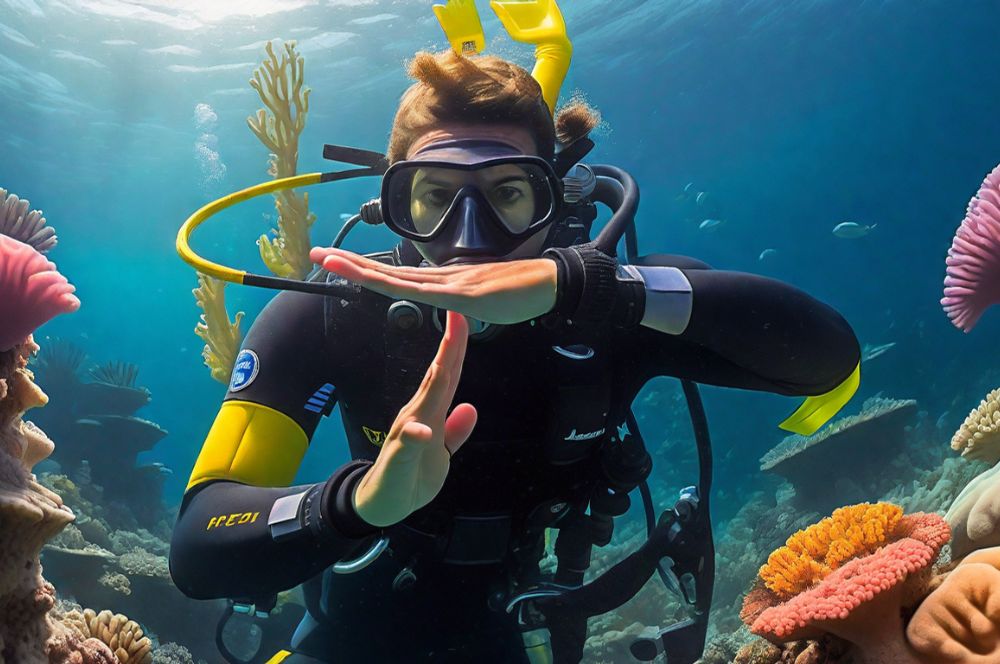
8 Key Factors to Improve…
Dive Efficiently: A Comprehensive Guide to Improving Your Scuba Air Consumption Rate Have you ever had to […]
Recent Posts
